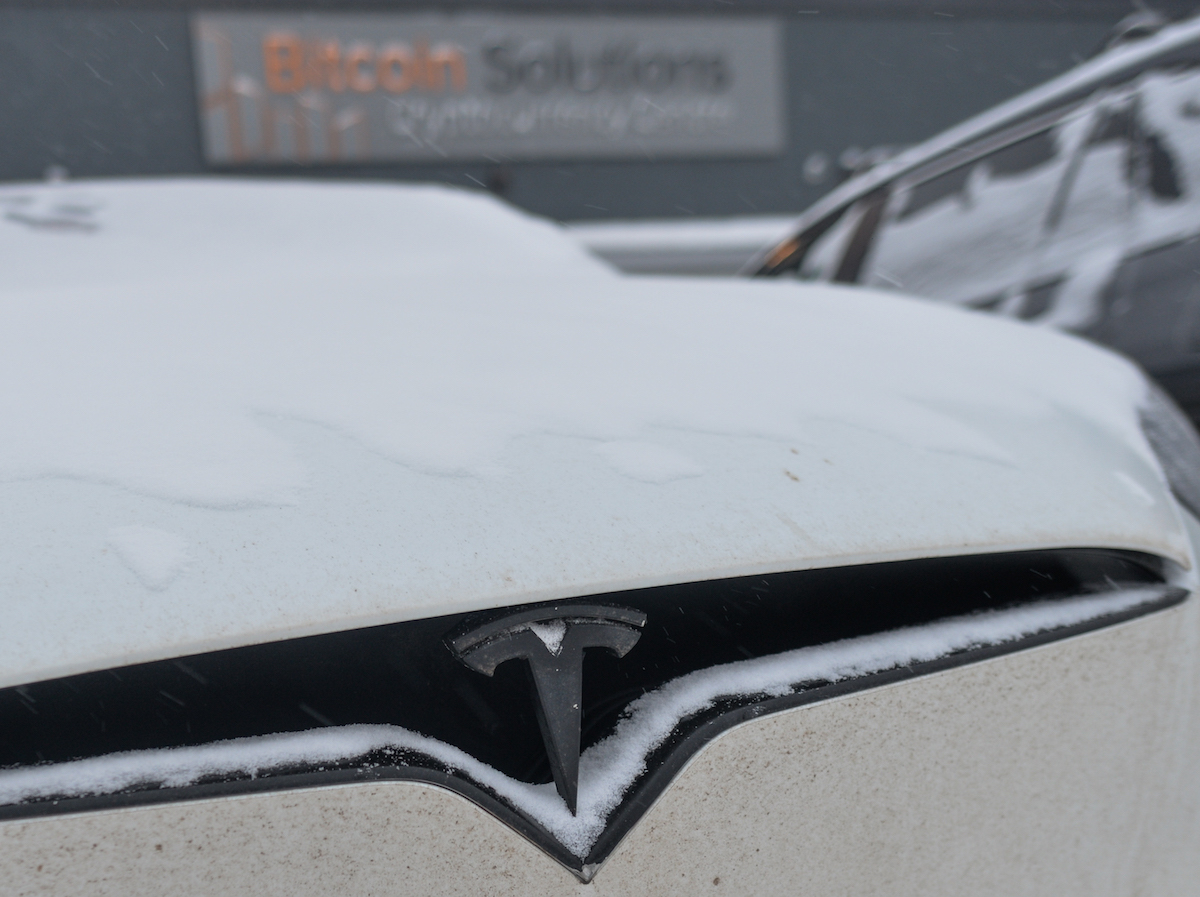
Heat Pumps Can Improve Electric Vehicle (EV) Driving Range by 10% in Winter Temperatures
A lot of people are going to be buying an electric vehicle (EV) in the near future, and those EV owners will need to learn about driving an EV during the winter. Due to a variety of factors, EVs can lose a significant amount of range during the winter, but heat pumps are a good way to improve an EV’s winter driving range. In fact, getting an EV with a heat pump can improve its winter driving range by upwards of 10%.

What heat pumps are and how they work
While heat pumps are a fairly recent feature of EVs, they are not new technologies by any means. In fact, according to Inside EVs, almost every household already has a heat pump. This is because the heat pumps that are in electric vehicles are very similar to the heat pumps that operate in a fridge. Obviously though, instead of cooling things down, heat pumps in EVs are better known for heating things up.
The actual mechanics behind a heat pump are fairly simple. Just like with a fridge, a heat pump has a refrigerant. Once it absorbs some heat, it turns from liquid to gas, and then a compressor compresses the refrigerant which will heat up the gas even more.
This hot gas is released into the cabin, and it’s what warms the car up. Once it cools down enough, that gas will turn back into a liquid. After it relieves some pressure, the process can start all over again.
Improved driving range during the winter
When that’s all said and done, heat pumps are extremely efficient at turning electricity into heat. In fact, it’s 300% efficient. This means that for every 1 kW of electricity that a heat pump uses, it returns 3 kW worth of heat.
This high efficiency is because heat pumps are able to recycle heat. It can absorb heat that’s being emitted from elsewhere in the car, such as the motor and whatever electronics are being used.
Since heaters are one of the big energy draws in an EV, having a heat pump can improve the car’s efficiency by using less electricity to get the same amount of heat. As a result, the EV’s driving range can improve as well.
According to Green Car Reports, a heat pump can improve an EV’s driving range by upwards of 10%. That’s not the only efficiency benefit of a heat pump, however.
Heat pumps can also provide other benefits to an EV
EV batteries are sensitive equipment, and they need to be kept at a certain temperature in order for the EV to run well. Most EVs will consume power to heat up its battery, and as such, heat pumps can help out here too. In fact, efficient heat pump designs can warm up the EV’s battery without spending that much power, as it instead can use waste-energy from the EV’s motor.
On top of that, the temperature of an EV battery can affect how fast it charges. In order to speed up the charging process, some automakers precondition their batteries so that they will hit the optimal charging temperatures and deliver a fast charging experience. Once again, this is another area where heat pumps can play a role, as they can heat up an EV’s battery and precondition it for the optimal charging temperature.
Furthermore, heat pumps can also be used like they’re used in fridges. Some automakers are already exploring using heat pumps to cool down their EVs. Not only can heat pumps be used for air conditioning, but they can also be used to cool down parts of an EV that need to be cold.
RELATED: Tests Show the Tesla Model Y Loses More Range in Summer Than in Winter


